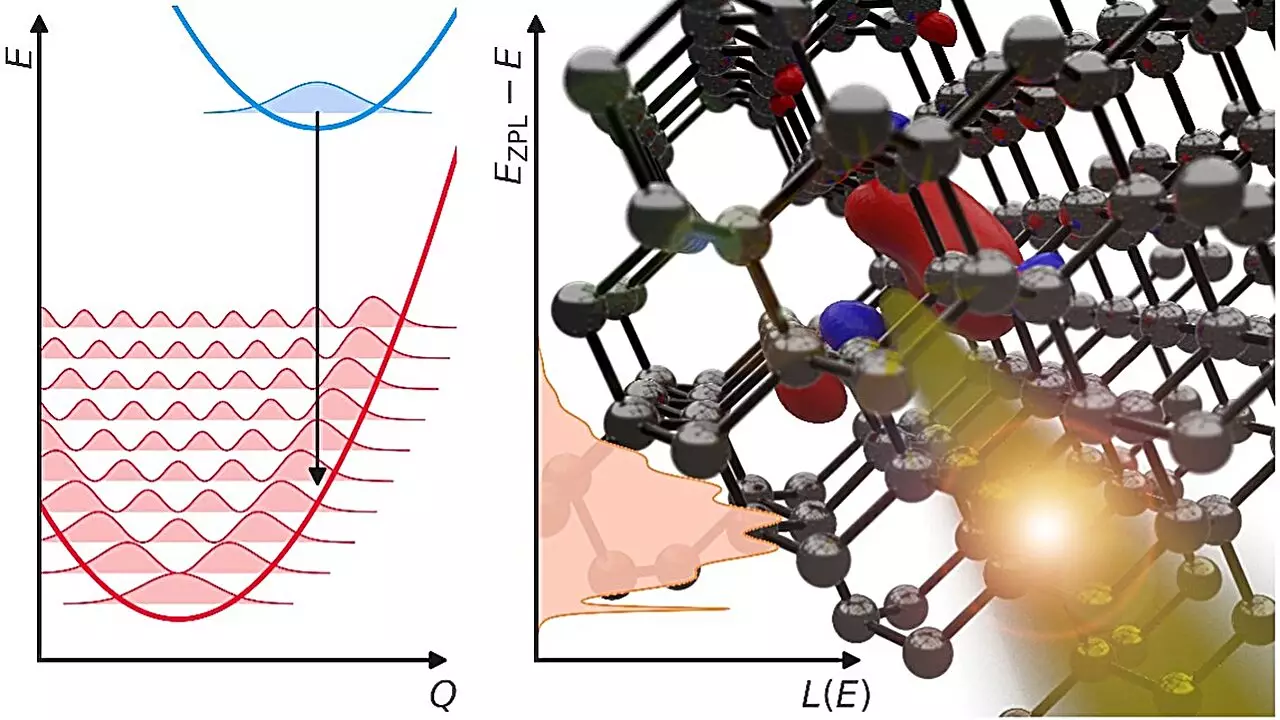The realm of quantum computing is evolving at an unprecedented pace, opening a plethora of opportunities across various sectors. One of the most critical yet often overlooked components of this exciting technology is the quantum internet, which serves as the essential backbone for connecting quantum computers. This revolutionary infrastructure relies heavily on the unique properties of photons—fundamental particles of light—to transmit quantum information over long distances. The efficiency and stability of quantum data transmission hinge on maintaining fragile entangled states, which poses significant challenges for researchers.
The Role of Photons in Quantum Communication
Photons are particularly fascinating in the context of quantum information theory. Unlike other quantum particles, they maintain their coherence even when traversing long distances, making them ideally suited for carrying sensitive quantum information. The question that arises, then, is how to optimally harness these particles to facilitate efficient quantum communication? The answer lies in understanding their interaction with the environment and enhancing the processes that allow for their emission in a controlled manner.
Research led by the UC Santa Barbara College of Engineering has illuminated some of the critical challenges in this area. Scientists have identified that atomic vibrations can interfere with the efficiency of single-photon emission. This revelation is crucial, as it sheds light on why the performance of quantum emitters diminishes significantly when shifting from the visible spectrum into the telecommunications wavelength band. It turns out that as the wavelength increases, the energy lost due to atomic interactions becomes more pronounced, drastically weakening the emitted signal and, thus, the entire quantum communication process.
The Science Behind Quantum Defects
What becomes increasingly compelling is the approach taken to tackle this challenge. At the heart of the research lies the manipulation of what are known as quantum defects in crystalline materials. By investigating these atomic-scale imperfections, researchers can generate single photons with specific quantum states that are conducive to efficient light emission. This investigation is not merely a matter of observation; it’s an exercise in meticulous engineering.
The theoretical models developed by UCSB’s team provide a foundation for understanding how varying the properties of defects impacts the efficiency of emission. Specifically, the models quantify the relationship between atom vibrational dynamics and photon production efficiency. This insight is transformative, offering pathways to identify novel strategies for enhancing quantum emitter performance—something that could fundamentally alter how we conceptualize quantum networks.
Engineering a Quantum Future
Mark Turiansky, a key researcher on the UCSB team, emphasizes the importance of selecting appropriate host materials and conducting atomic-level advancements as essential steps toward overcoming existing limitations. The interplay of these variables ultimately influences how well a material can facilitate efficient photon emission. The development of brighter, more effective quantum emitters is not merely an academic exercise; it is a critical stepping stone toward realizing a robust quantum internet.
Furthermore, the collaborative approach leveraged at UCSB highlights the significance of interdisciplinary efforts in conducting advanced quantum experiments. The involvement of computer engineering experts in the design of photonic cavities exemplifies how varying fields of expertise converge to create innovative solutions. This team-oriented strategy enhances the potential for breakthroughs that could expedite the rollout of functional quantum networks, ultimately transforming the landscape of information technology.
The Road Ahead: A Vision for Quantum Networks
The quest for a quantum internet characterized by rapid, lossless data transmission is both ambitious and necessary. Understanding and addressing the intricacies of quantum emitters are not just scientific inquiries; they pose real-world implications for telecommunications, data security, and computation. As researchers refine their models and techniques, the potential for seamless quantum connectivity becomes increasingly tangible.
What’s compelling about this body of work is its promise to reshape not only how we think about computing but also how we perceive the very fabric of communication in the quantum age. As technology rapidly evolves, focusing on the efficiencies in quantum data transfer will pave the way for a future where quantum computers are interconnected, fostering unparalleled advancements in various disciplines, from cryptography to artificial intelligence. Ultimately, the integration of this sophisticated technology will usher in a new era of connectivity, marked by unprecedented speed and security.

